Plastic solar panel considerations
kitamiman
13 years ago
Related Stories

GREEN BUILDINGGoing Solar at Home: Solar Panel Basics
Save money on electricity and reduce your carbon footprint by installing photovoltaic panels. This guide will help you get started
Full Story
GARDENING AND LANDSCAPINGChoosing a Deck: Plastic or Wood?
Get the pros and cons of wood, plastic, composite and more decking materials, plus a basic price comparison
Full Story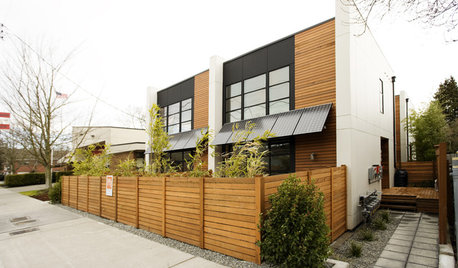
REMODELING GUIDESHigh Design With Solar Panels
Solar panels find new function as elements of smart home design
Full Story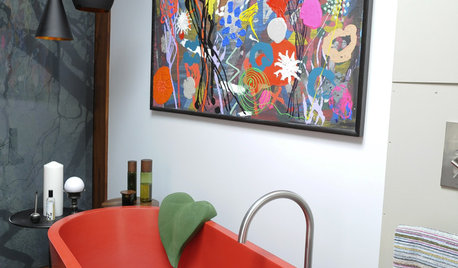
MATERIALSA Hard Look at Recycled Plastic for the Home
It's durable and versatile, but processing takes a lot of energy. We sort through the facts on recycled plastic so you can choose wisely
Full Story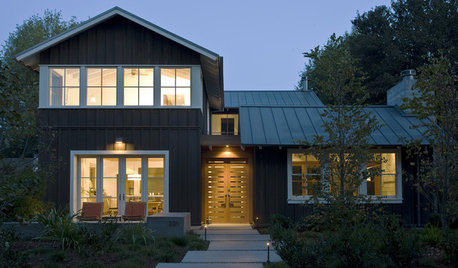
LIGHTINGHow to Choose the Right Solar Lights
Learn about different types of outdoor solar lights, where to use them and why you might want to avoid the bargain bin
Full Story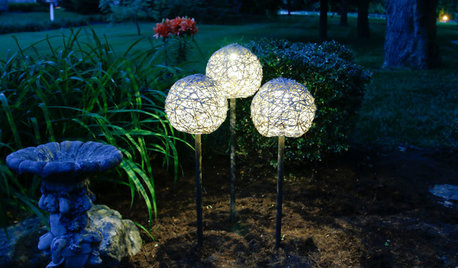
DIY PROJECTSMake a Mod Solar Lamp Trio for the Garden
What’s that hovering ethereally in the dark? A set of cool globe lights showing off your DIY ingenuity
Full Story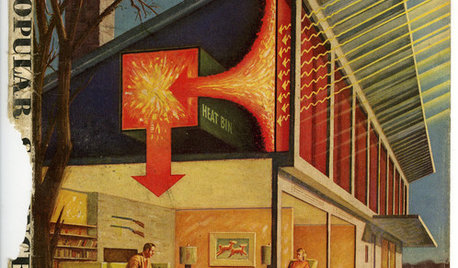
GREEN BUILDINGChampioning the Solar House, From the 1930s to Today
Homes throughout history that have used the sun offer ideas for net-zero and passive homes of the present, in a new book by Anthony Denzer
Full Story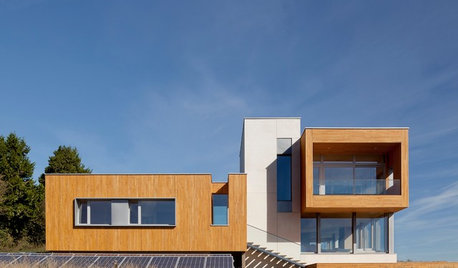
GREEN BUILDINGSunlight Used Right: Modern Home Designs That Harness Solar Power
Embracing passive heating principles through their architecture, siting and more, these homes save energy without skimping on warmth
Full Story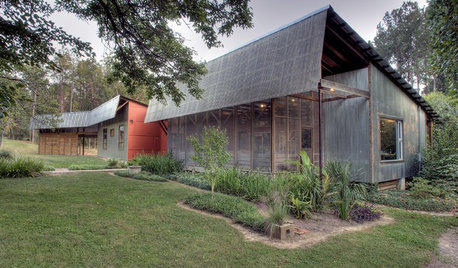
REMODELING GUIDESHello Again, Corrugated Panels
Once-Shunned Material Finds Expressive New Role in Contemporary Homes
Full Story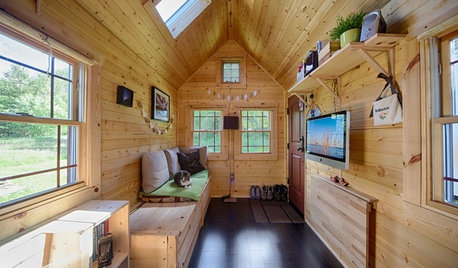
SMALL HOMESHouzz Tour: Sustainable, Comfy Living in 196 Square Feet
Solar panels, ship-inspired features and minimal possessions make this tiny Washington home kind to the earth and cozy for the owners
Full Story





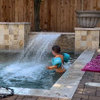
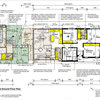


poolguynj
mas985
Related Professionals
Denton Swimming Pool Builders · Hyattsville Landscape Architects & Landscape Designers · Manorville Landscape Architects & Landscape Designers · Alpharetta Landscape Contractors · Fort Wayne Landscape Contractors · Pleasant Hill Landscape Contractors · Red Oak Landscape Contractors · San Carlos Park Landscape Contractors · San Rafael Landscape Contractors · Westford Landscape Contractors · Fort Myers Decks, Patios & Outdoor Enclosures · Framingham Decks, Patios & Outdoor Enclosures · Gaithersburg Decks, Patios & Outdoor Enclosures · Methuen Decks, Patios & Outdoor Enclosures · West Palm Beach Decks, Patios & Outdoor EnclosureskitamimanOriginal Author
mas985
poolguynj
mas985
poolguynj
mas985
kitamimanOriginal Author
poolguynj